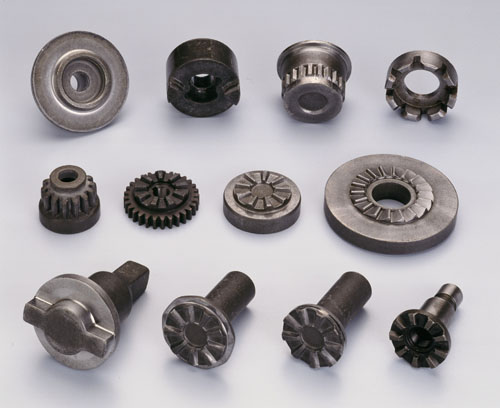Cold Forging Process
Cold forging is one of the most widely used chipless forming processes, often requiring no machining other than drilling. The commonly accepted definition is the forming or forging of a bulk material at room temperature with no heating of the initial slug or inter-stages. The term “no heating” does not include in-process annealing, which may be performed at intermediate stages to relieve the effects of work hardening. The process produces greater dimensional accuracy than hot forming, and does not produce scale. However, the plastic flow characteristics of the workpiece are not as good, so that higher forging pressures are required. Component size is generally limited to 50 pounds or less. The majority of cold forgings weigh less than 10 pounds.
Cold forging is being used in a wide variety of industries including fastener, automotive, pole-line hardware, truck-trailers, outboard engine controls, bicycle pedal cranks, constant velocity joints, universal joint crosses, and military projectile hardware. Shapes generally have been limited to rotationally symmetrical and axisymmetric, including long shafts and struts. Shape capability is being expanded by developments in technology.
Alloys used for Cold Forging
In every major alloy group that is used for hot forging, there are alloys suitable for cold forging. The degree of formability varies widely among material groups and among alloys in each group. In general, alloys having a tensile elongation of at least 10% or reduction in area of at least 30% can be cold worked with a reasonable level of success. The best formability is achieved when elongation is above 20% and reduction in area above 45% after cold drawing. As alloy content increases, the amount of deformation possible in a single stage is usually reduced.
Advantages of Cold Forging
The major advantages of cold forging are close dimensional tolerances, good surface finish quality, and the use of lower cost materials to obtain the required strength by work hardening without requiring heat treatment.
The normal value of surface roughness, Ra, is in the range 1.6 to 25 microns (64 to 1000 micro inches). The lower values require additional attention in processing, particularly the maintenance of tool surface finish.
Tags: Cold Forging

